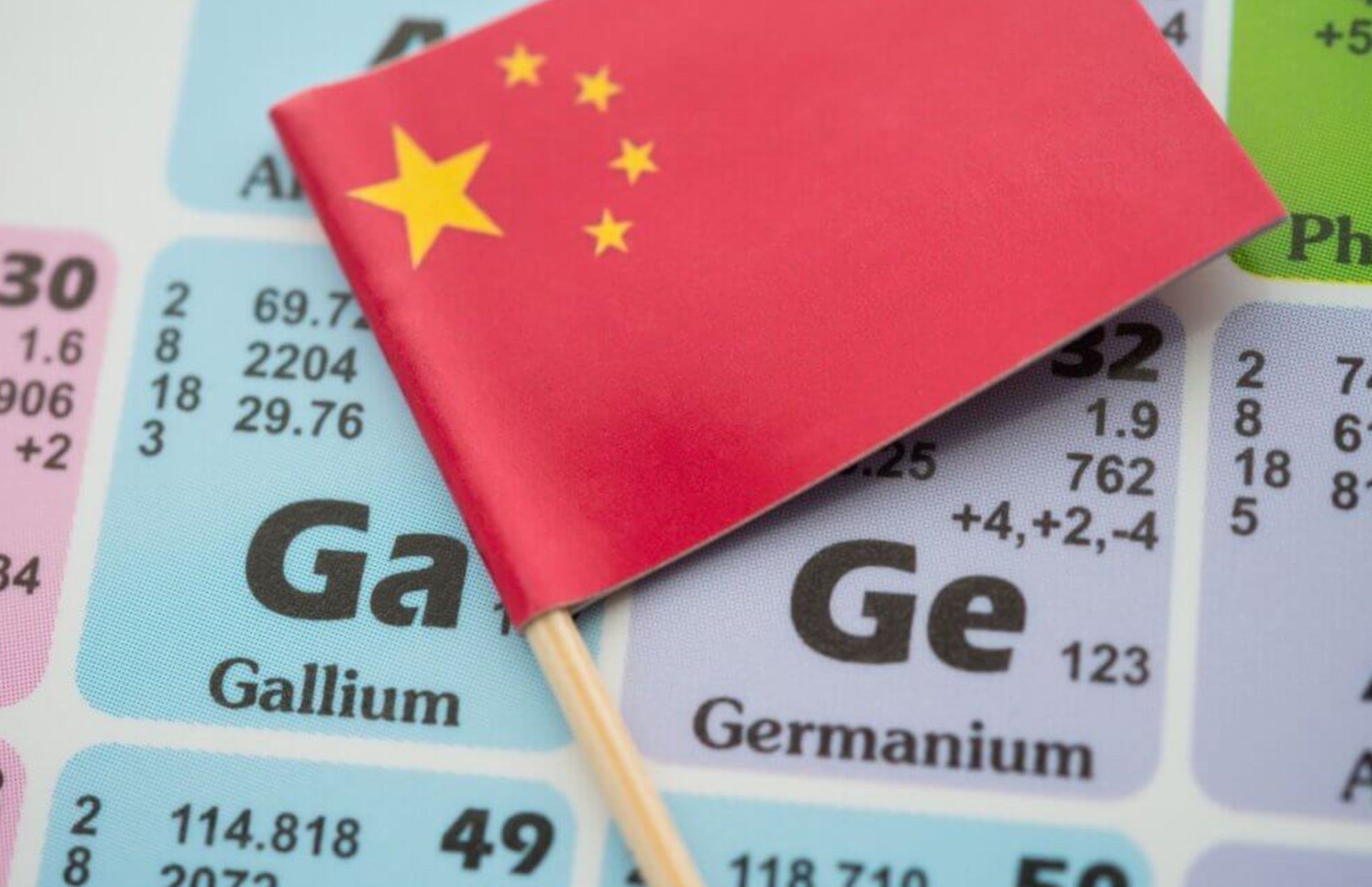China tightens control on gallium processing technology from Bayer liquor
News Analysis

18
Jul
2025
China tightens control on gallium processing technology from Bayer liquor
On 16 July, China’s Ministry of Commerce (MOFCOM) imposed new export restrictions on gallium processing technology, specifically methods using ion exchange and resins derived from the Bayer liquor process.
The move adds to growing trade tensions between China and the USA. While the USA has targeted China’s access to advanced semiconductor manufacturing technologies, China is increasingly leveraging its dominance in critical raw materials.
China accounts for around 99% of global primary gallium production, primarily extracted as a byproduct during bauxite refining through the Bayer process. It also holds a leading position in technical know-how, particularly in developing cost-effective chelating agents used to extract gallium at purities of Ga4N or below.
China’s annual output of gallium-related chelating agents is estimated to exceed 1,200tpy. As of 2023, domestic producers controlled more than 60% of the global market for gallium extraction resins. However, the production of high-purity gallium (>7N) still relies on imported resins from companies like Lanxess (Germany) and DuPont (USA).
While Chinese resins cost roughly a third of their imported equivalents, they have a shorter operational life, around 50 cycles compared to 80-100 cycles for foreign-made resins. Western producers may continue to access ex-Chinese materials, but at a cost disadvantage that could reduce competitiveness.
China’s latest export restriction underscores its intent to cement its dominance in critical materials as a strategic counterweight in the ongoing tech and trade standoff with the West. By tightening control over gallium extraction technology, China is not only safeguarding its technical advantage but also increasing cost pressures on Western producers.